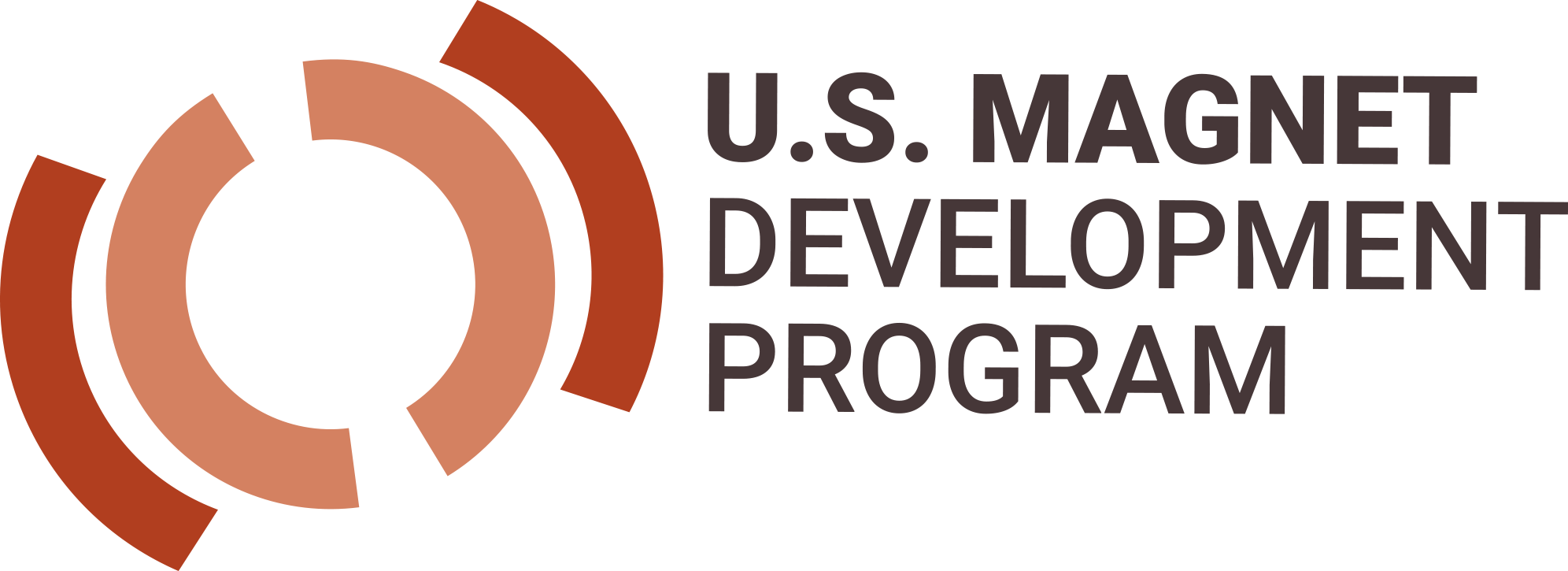Pushing superconducting magnets for particle accelerators to their fundamental limits
Progress in particle accelerators has always gone hand in hand with magnets’ achievable strength and quality. These attributes and affordability are paramount to the future of accelerator-based high-energy physics. The U.S. Magnet Development Program (USMDP) furthers the DOE High Energy Physics (HEP) mission by aggressively pursuing the development of superconducting accelerator magnets and the materials and cables they are made of toward the ultimate limits to enable next-generation colliders and physics experiments. The USMDP is a multi-institutional collaboration led by the Accelerator Technology & Applied Physics Division at Lawrence Berkeley National Laboratory (Berkeley Lab).
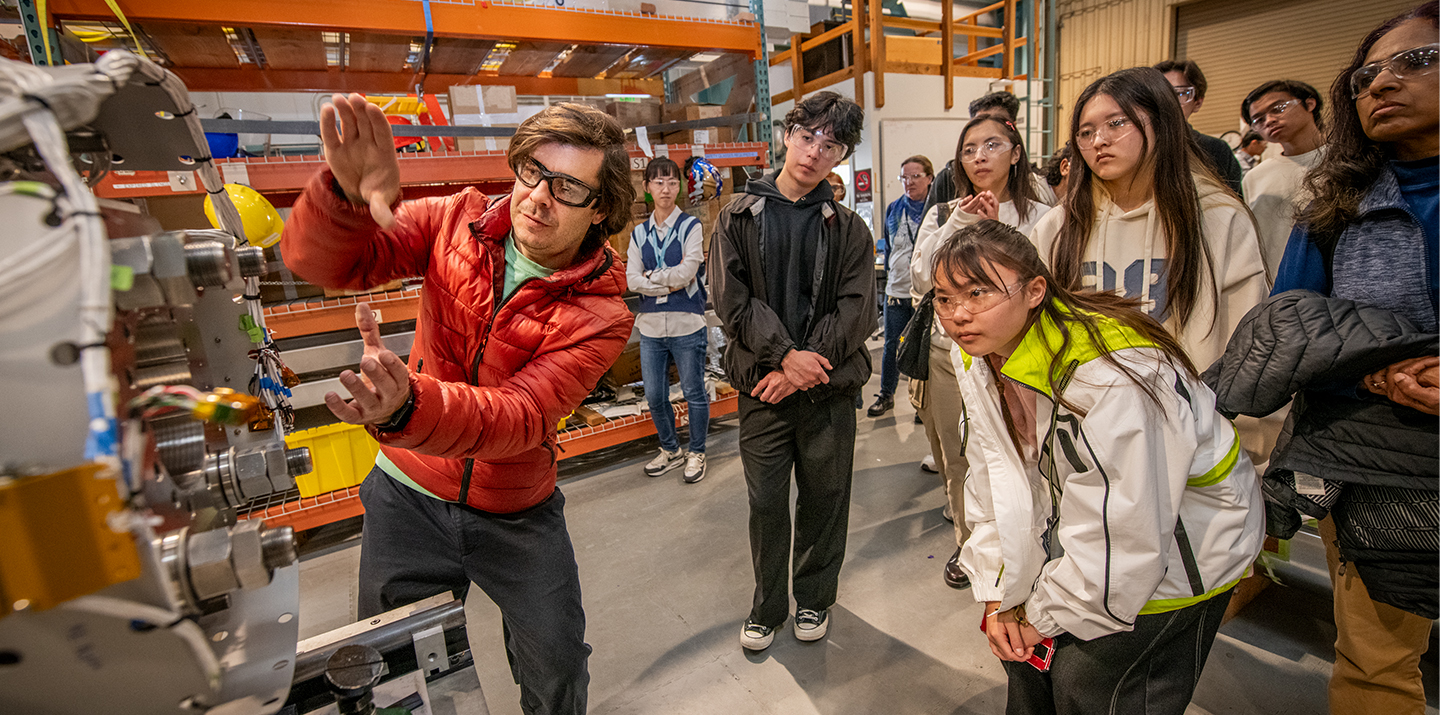
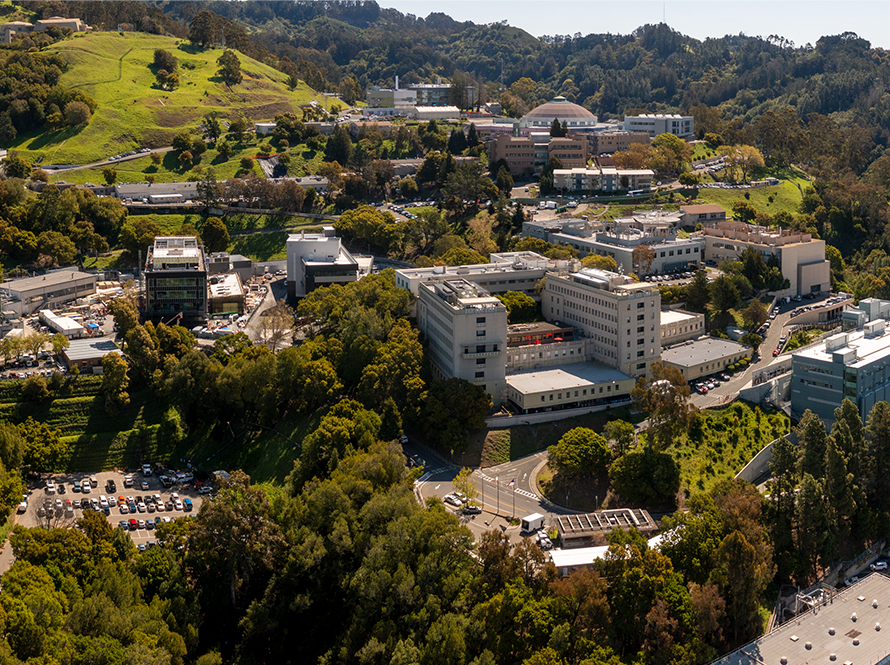
Berkeley Lab serves as the program’s lead lab. With a vertically-integrated research team, Berkeley Lab’s Superconducting Magnet Program (SMP) contributes to all USMDP research areas, including materials, magnet diagnostics, modeling and analysis, and low temperature and Bi2212- and REBCO-based high-temperature magnet technology.
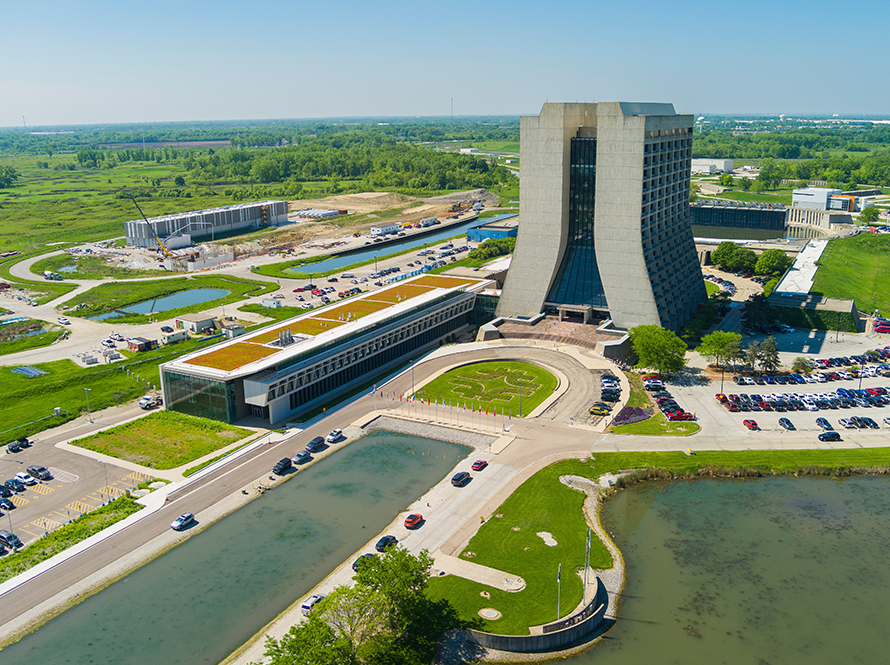
Fermilab is a major contributor to USMDP research. With a longstanding magnet R&D program, the team contributes expertise in materials, diagnostics, magnet design, and low- and high-temperature magnet technology.
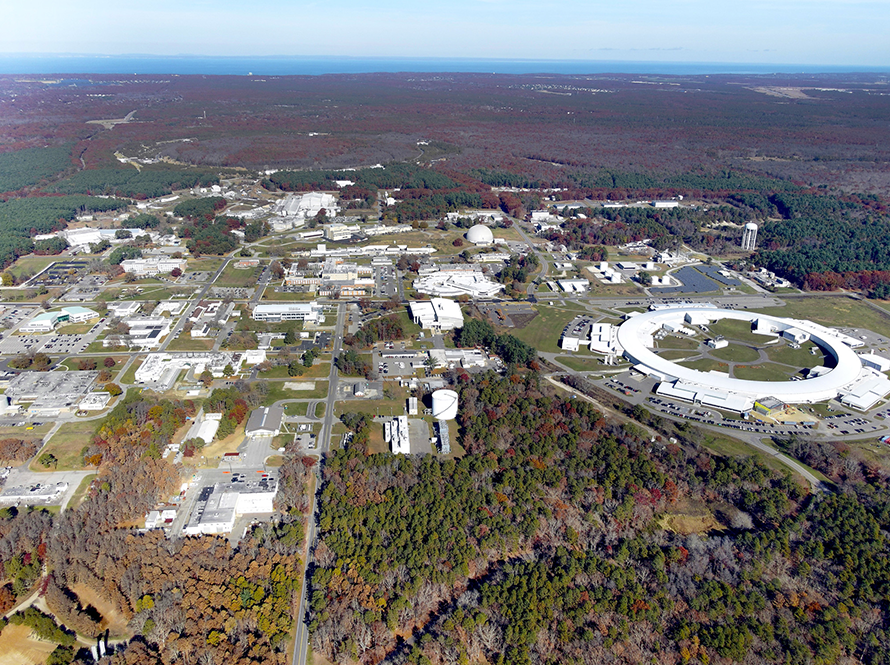
BNL’s magnet program joined the USMDP core team in 2019. With expertise in magnet technology and in particular REBCO-based high-temperature superconducting (HTS) magnets, the BNL team contributes to USMDP on multiple fronts. BNL has longstanding magnet testing experience, and significant magnet fabrication and testing infrastructure.
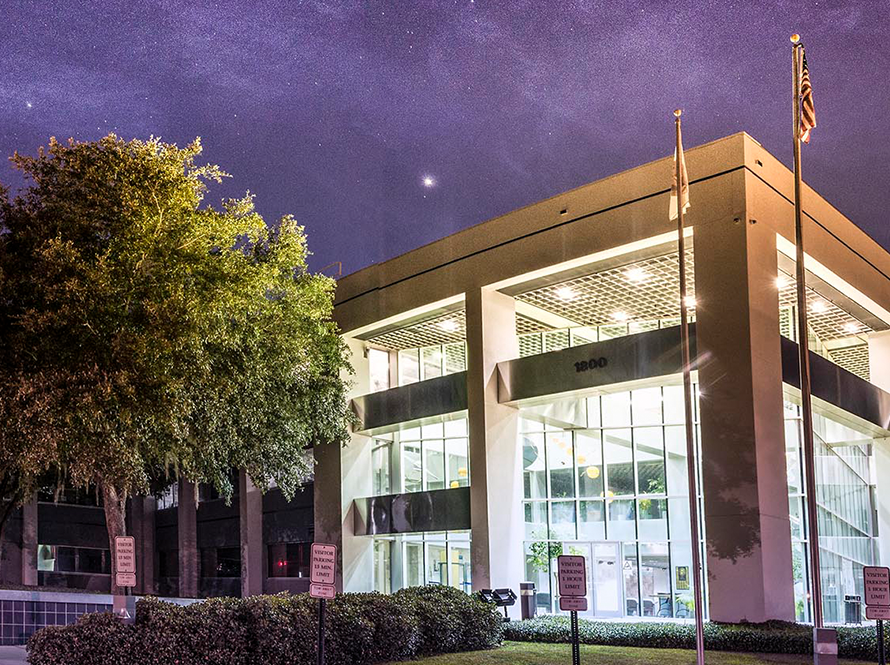
The NHMFL/ASC is a premier center of expertise in superconducting materials and their application to high-field magnets. The center hosts a breadth of materials characterization tools, and provides access to state-of-the art high field solenoids for research.

The USMDP convenes an in-person annual collaboration meeting, allowing staff to evaluate technical progress and strategic planning for the collaboration. The meeting site rotates among the member institutions.
